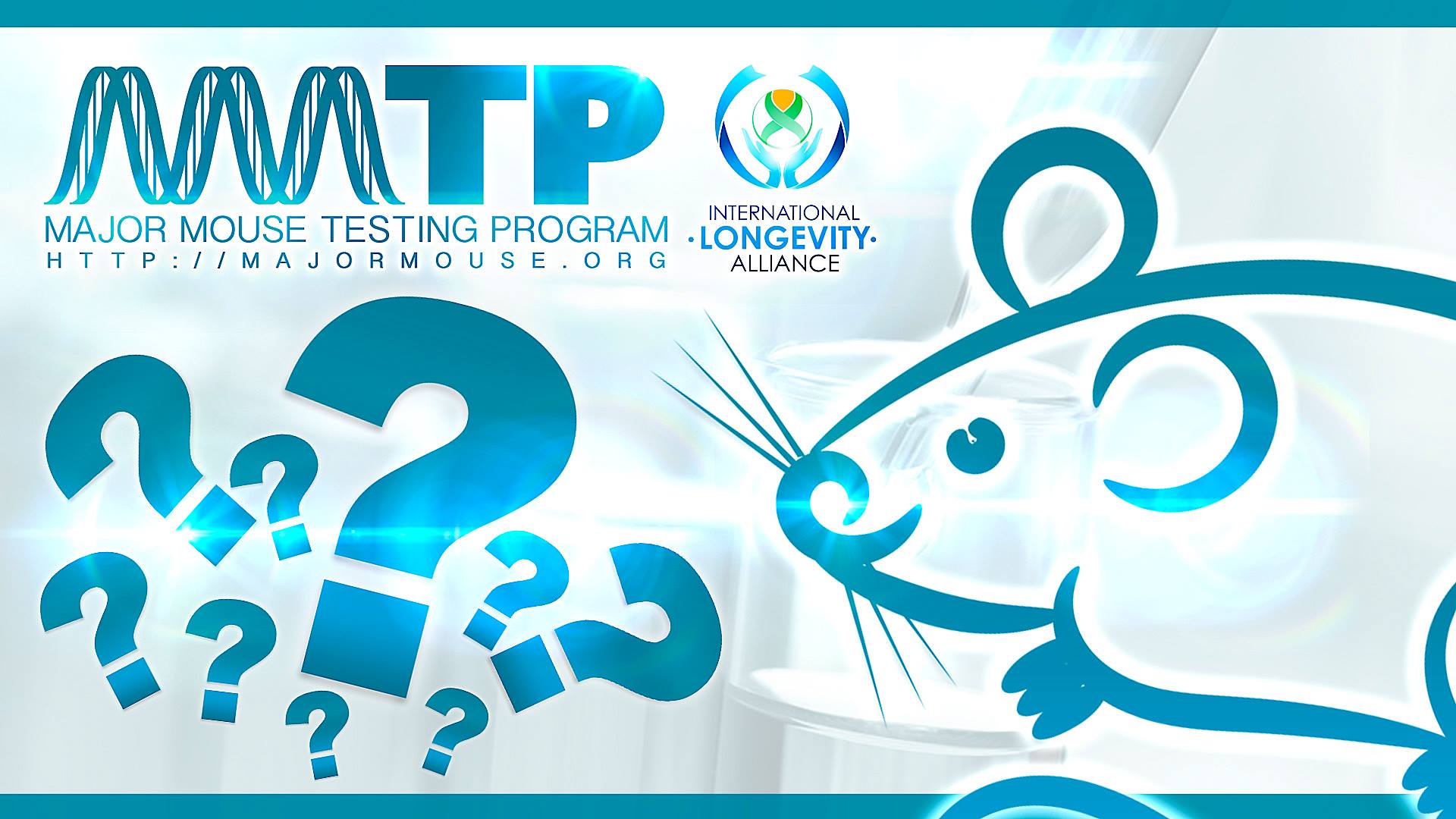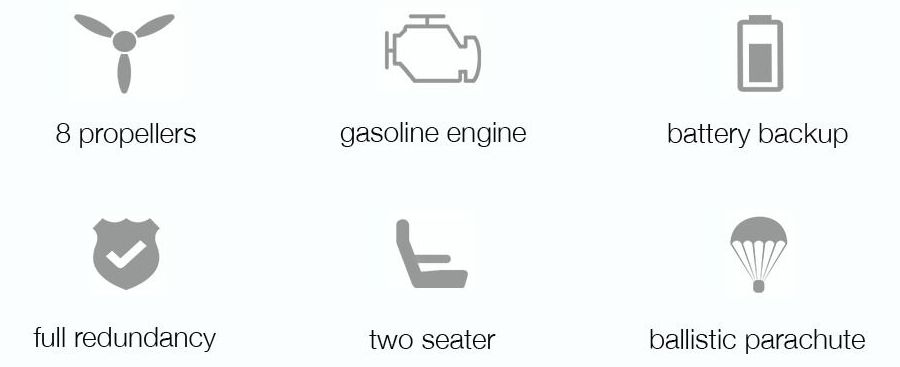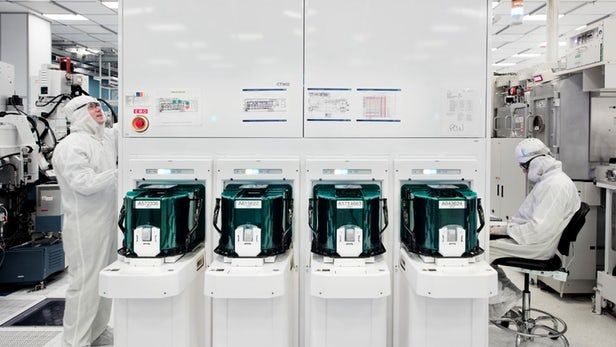Page 10026
Jun 5, 2017
Panel Discussion “How to Promote Longevity?”
Posted by Steve Hill in category: life extension
Only one more day to go before the live longevity panel with Dr. Aubrey de Grey, Dr. Alexandra Stolzing and Dr. Oliver Medvedik plus guests!
June 6th at 13:00 EST/18:00 UK we are teaming up with LEAF/Lifespan.io for a special Longevity Panel featuring Dr. Alexandra Stolzing, Dr. Aubrey de Grey, Dr. Oliver Medvedik and guests.
We will be streaming the panel live to this page and we invite you to join us. It will also be made available later to view on Youtube.
Continue reading “Panel Discussion ‘How to Promote Longevity?’” »
Jun 5, 2017
FM-2030: Are You Transhuman?
Posted by Johnny Boston in categories: philosophy, science, singularity, transhumanism

This film was compiled from audio of a discussion futurist FM-2030 held at the University of California on February 6th, 1994. In this discussion 2030 laid out an overview of his ‘transhuman’ philosophy and held a back and forth with other people present in the discussion. Discussion and debate included items such as the value of researching ‘indefinite lifespan’ technologies directly as opposed to (or in addition to) more traditional approaches, such as researching cures for specific diseases.
The excerpts in this archive file present a sort of thesis of FM 2030’s transhuman ideas.
About FM 2030: FM 2030 was at various points in his life, an Iranian Olympic basketball player, a diplomat, a university teacher, and a corporate consultant. He developed his views on transhumanism in the 1960s and evolved them over the next thirty-something years. He was placed in cryonic suspension July 8th, 2000. For more information about FM 2030, view the GPA Archive File: ‘Introduction to FM 2030′ or visit some of the following links:
Jun 5, 2017
Making flexible electronics with nanowire networks
Posted by Klaus Baldauf in categories: mobile phones, nanotechnology
A smartphone touchscreen is an impressive piece of technology. It displays information and responds to a user’s touch. But as many people know, it’s easy to break key elements of the transparent, electrically conductive layers that make up even the sturdiest rigid touchscreen. If flexible smartphones, e-paper and a new generation of smart watches are to succeed, they can’t use existing touchscreen technology.
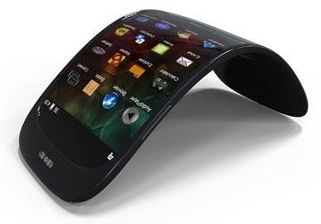
Your smartphone can’t do this – yet. (Image: Peter Sobolev)
Jun 5, 2017
A New Personal Flight Experience. Affordable. Easy to Pilot. Safe Design. Only SureFly
Posted by Klaus Baldauf in category: futurism
Jun 5, 2017
“We prefer not to get our bad news from CNN…” M
Posted by Brett Gallie II in category: terrorism
Over the weekend in London we had a terrorist attack near London Bridge Station.
Everyday tourists are constantly uploading images onto social media and are often on the scene before First Responders and are unaware how events are going to unfold.
(after the incident images are uploaded to police / fire /insurance databases as in the London incident …please help our police by uploading any images of the London Bridge incident at http://www.ukpoliceimageappeal.co.uk ).
Continue reading “‘We prefer not to get our bad news from CNN…’ M” »
Jun 5, 2017
Simulations Show Superfluid Helium Behaves Like a Black Hole
Posted by Yugal Agrawal in categories: cosmology, particle physics, quantum physics
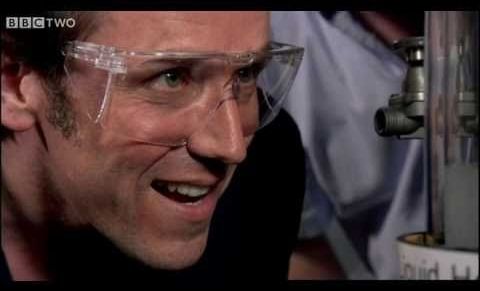
A cluster of 64 superfluid helium atoms mimic properties similar to a Black hole. Could this lead to the formation of a unified Quantum Gravity theory?
Jun 5, 2017
Weather Modification Is Real and LA Just Placed an Order
Posted by Shane Hinshaw in category: geoengineering
While flooding has caused mass evacuations and road closures in Texas and Louisiana, Californians are doing all they they can do make it rain. Last week, for the first time since 2002, Los Angeles County officials authorized cloud seeding with the hope that the technology will force the clouds in their region to produce 15 percent more rainfall.
Cloud seeding is a rain-making technique developed by Bernard Vonnegut (brother of Kurt in 1946. Essentially, it is the process of shooting silver iodide into clouds, which attract water vapors because it shares a similar molecular structure to ice. It then freezes and, when the ice becomes heavy enough and falls, it melts its way down to the surface as rain.
In Los Angeles, the Utah-based company North American Weather Consultants — hired for $55,000 a year — set up land-based generators in 10 locations in L.A. county. These generators shoot the silver iodide up with the hope that the created stormwater will fall in the dams and watersheds within the area.
Continue reading “Weather Modification Is Real and LA Just Placed an Order” »
Jun 5, 2017
Dr. Rodolfo Goya – Could Yamanaka Factors Delay Human Aging?
Posted by Steve Hill in categories: biotech/medical, cryonics, life extension, neuroscience
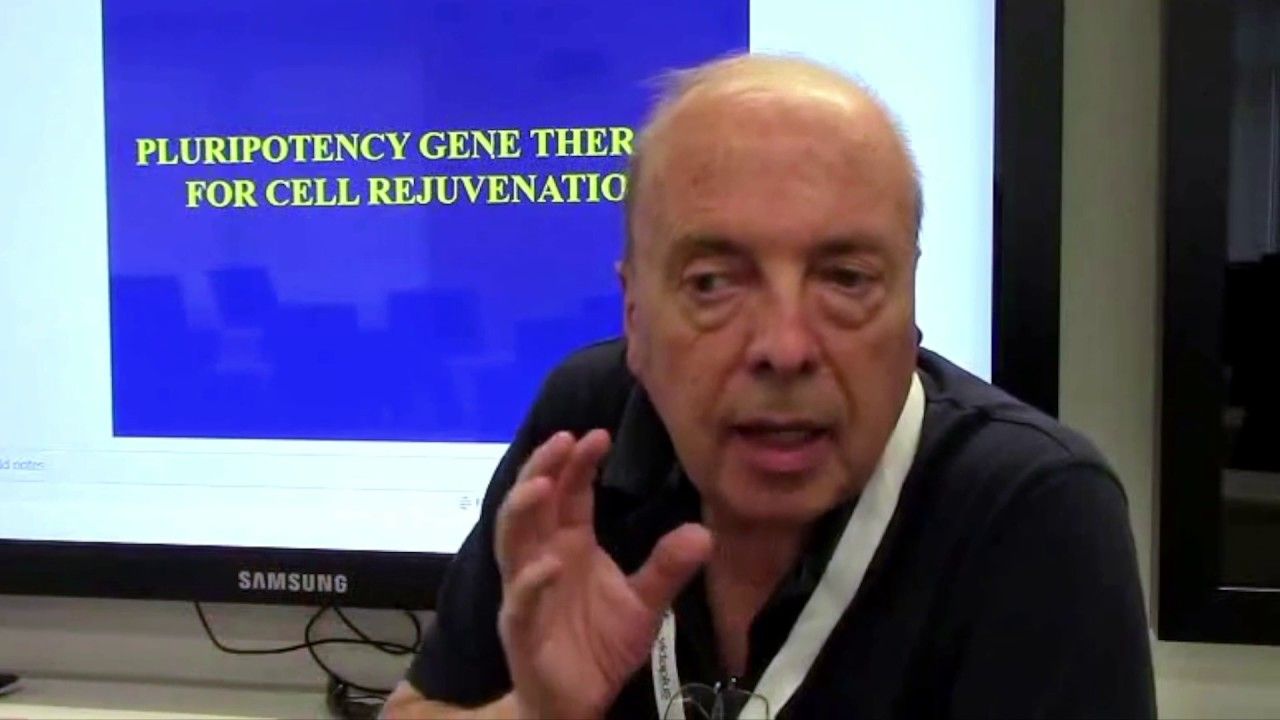
LEAF attended the first Longevity and Cryopreservation Summit in Madrid recently. Here is another report from Elena Milova from the conference.
Elena Milova brings us another interesting interview from the recent International Longevity and Cryopreservation Summit where she caught up with Senior Scientist at the National Scientific and Technical Research Council (CONICET) of Argentina Dr. Rodolfo Gustavo Goya.
Continue reading “Dr. Rodolfo Goya – Could Yamanaka Factors Delay Human Aging?” »
Jun 5, 2017
IBM’s new 5nm architecture crams 30 billion transistors onto fingernail-sized chip
Posted by Klaus Baldauf in categories: computing, electronics
The smallest and most advanced chips currently commercially available are made up of transistors with gates about 10 nm long, but IBM has now unveiled plans to cut them in half. To create 5 nm chips, the company is ditching the standard FinFET architecture in favor of a new structure built with a stack of four nanosheets, allowing some 30 billion transistors to be packed onto a chip the size of a fingernail and promising significant gains in power and efficiency.
First coined in the 1970s, Moore’s Law was the observation that the number of transistors on a single chip would double every two years. The trend has held up pretty well ever since, but the time frame of the doubling has slowed down a little in recent years. In consumer electronics, 14 nm chips are still stock-standard, but advances from the likes of Intel and Samsung mean that 10 nm versions have started hitting the high-end market.

